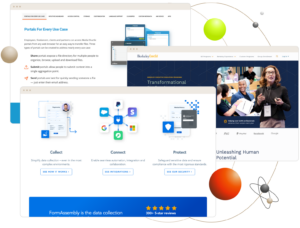The Catalyst Blog
Level up your marketing game: Get inspired by actionable marketing insights.

The Untapped Weapon: Why User Experience Design is Essential for Marketing Teams
Compelling content and targeted advertising are marketing must-haves….
Design

Building Brand Consistency and Efficiency: Design Systems for B2B Marketing Websites
In today’s fast-paced marketing landscape, staying ahead of the curve…
Design

Why Website Security Should Be Your Top Priority
The internet is an amazing tool for connection, commerce, and…
Security

Web Performance: The Key to Unlocking Marketing Potential
In today’s lightning-fast digital landscape, a mere second of delay in…
Performance

Clean Website Analytics: Power Up Your Decisions
In today’s digital world, your website is your virtual storefront. Just…
Analytics